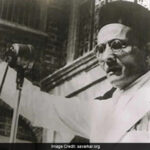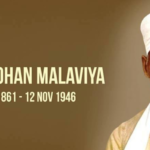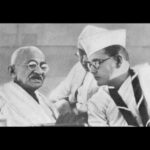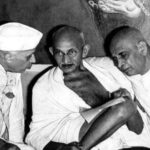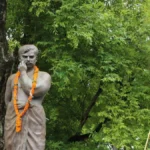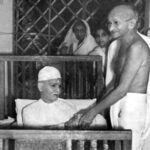The Muslim League was a political party that played a significant role in the Indian independence movement. It was founded in 1906 to safeguard the rights of Indian Muslims, who felt marginalized and discriminated by the British colonial rule and the Hindu-dominated Indian National Congress (INC). The Muslim League initially supported the British and sought constitutional reforms and more representation for Muslims within a united India. However, over time, it became disillusioned with the British and the INC, and demanded a separate Muslim state to be carved out of India. Here are some of the main points of its role in the independence movement:
- The Muslim League opposed the INC’s non-cooperation movement and civil disobedience campaigns led by Mahatma Gandhi in the 1920s and 1930s, arguing that they would harm the interests of Muslims and increase communal tensions. The Muslim League also rejected the INC’s proposals for a federal system of government and a common electorate for all communities in India.
- The Muslim League participated in the Round Table Conferences in London from 1930 to 1932, where it presented its demands for separate electorates, reserved seats, and weightage for Muslims in provincial and central legislatures. It also opposed the Communal Award of 1932, which granted separate electorates to other minorities such as Sikhs, Dalits, and Christians, but accepted it as a temporary measure after Gandhi’s fast unto death.
- The Muslim League contested the provincial elections of 1937 under the Government of India Act of 1935, but failed to win a majority of Muslim seats in any province. It blamed the INC for forming governments in eight out of eleven provinces without consulting or accommodating the Muslim League. It also accused the INC of imposing its policies and culture on Muslims and undermining their religious and educational rights.
- The Muslim League adopted the Lahore Resolution in 1940, which called for the creation of “independent states” for Muslims in northwestern and eastern India, where they were in a majority. This resolution is considered as the first official declaration of the demand for Pakistan, although the term Pakistan was not used in it. The resolution was opposed by the British, the INC, and some Muslim leaders such as Maulana Abul Kalam Azad and Khan Abdul Ghaffar Khan.
- The Muslim League intensified its campaign for Pakistan during World War II, when it refused to support the British war effort unless they agreed to grant India’s independence after the war. It also launched a mass contact program to mobilize Muslim support for its cause and organized a series of public rallies and demonstrations. It also cooperated with Subhas Chandra Bose and his Indian National Army (INA), which fought against the British with the help of Japan and Germany.
- The Muslim League observed August 16, 1946 as Direct Action Day, which was a call for Muslims to assert their right to Pakistan by any means necessary. The day resulted in widespread communal violence and riots between Hindus and Muslims in several cities, especially Calcutta, where thousands of people were killed or injured. The violence continued for several months and created a sense of fear and distrust among both communities.
- The Muslim League participated in the Cabinet Mission Plan of 1946, which proposed a three-tier federation of India with a weak central government and strong provincial groups. The Muslim League initially accepted the plan, but later rejected it when it realized that it would not guarantee Pakistan’s creation. It also boycotted the Constituent Assembly of India, which was formed to draft a constitution for independent India.
- The Muslim League agreed to the Mountbatten Plan of 1947, which proposed the partition of India into two dominions: India and Pakistan. The plan was based on the principle of dividing India along religious lines, with Hindu-majority areas going to India and Muslim-majority areas going to Pakistan. The plan also gave the option to princely states to join either dominion or remain independent. The plan was accepted by the British, the INC, and most princely states, but faced opposition from some regions such as Bengal, Punjab, Kashmir, Hyderabad, and Junagadh.
- The Muslim League became the dominant political party in Pakistan after its creation on August 14, 1947. It was led by Muhammad Ali Jinnah, who became Pakistan’s first governor-general. The Muslim League faced many challenges in establishing a stable and democratic government in Pakistan, such as integrating the princely states, dealing with refugees and minorities, resolving border disputes with India, drafting a constitution, and developing economic and social policies. The Muslim League also faced internal divisions and factions, which weakened its popularity and cohesion.
I hope this answer has given you a brief overview of the role of Muslim League in the Indian independence movement. If you want to learn more, you can check out these sources: Muslim League | All-India Muslim League, Political Party, an article by Britannica; Muslim Contribution to the Indian Independence Movement, an article by Young Muslim Digest; All-India Muslim League, an article by Simple English Wikipedia; All-India Muslim League – Wikipedia, an article by Wikipedia; Formation of All India Muslim League (1906), an article by Prepp.
Thank you for your interest in learning about the history of India and Pakistan. If you have any further questions, please feel free to leave them below. Thank you for reading! 😊

